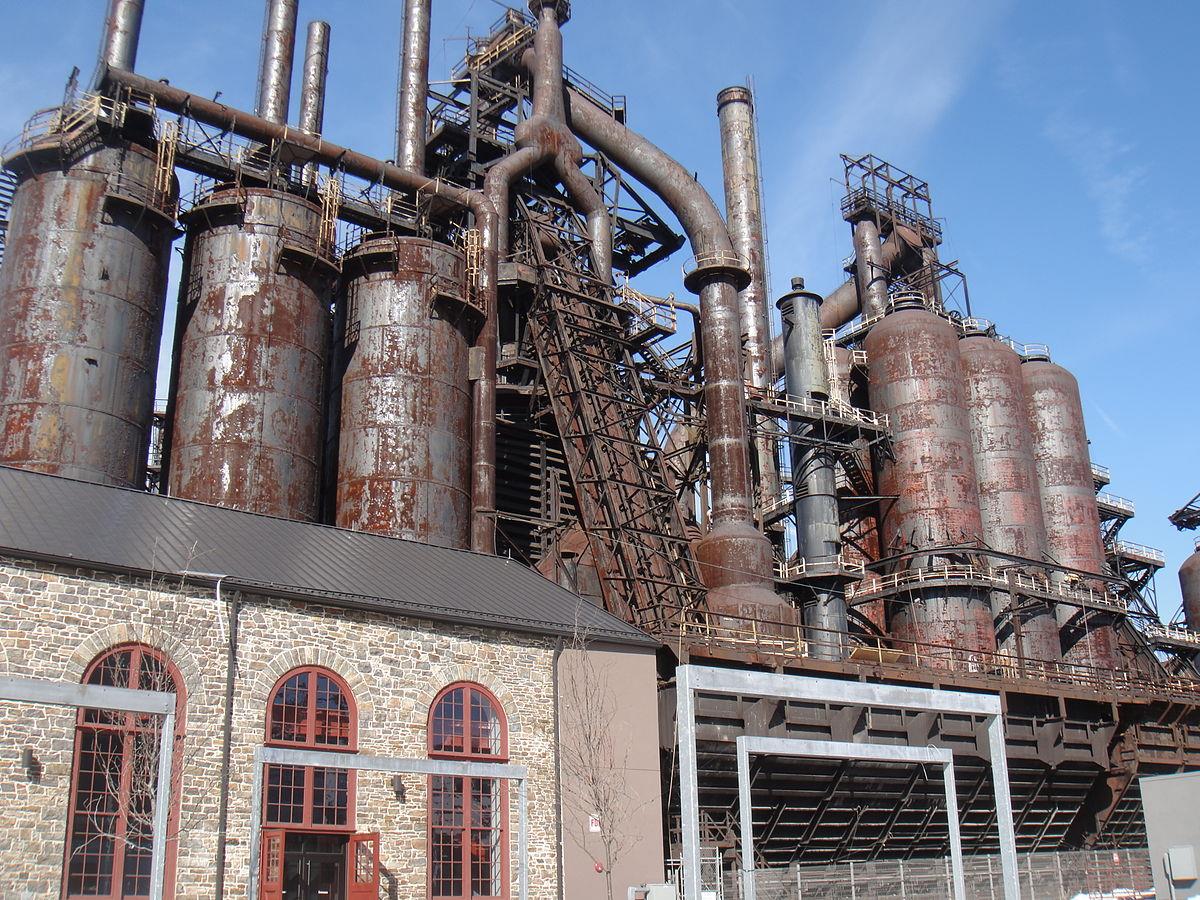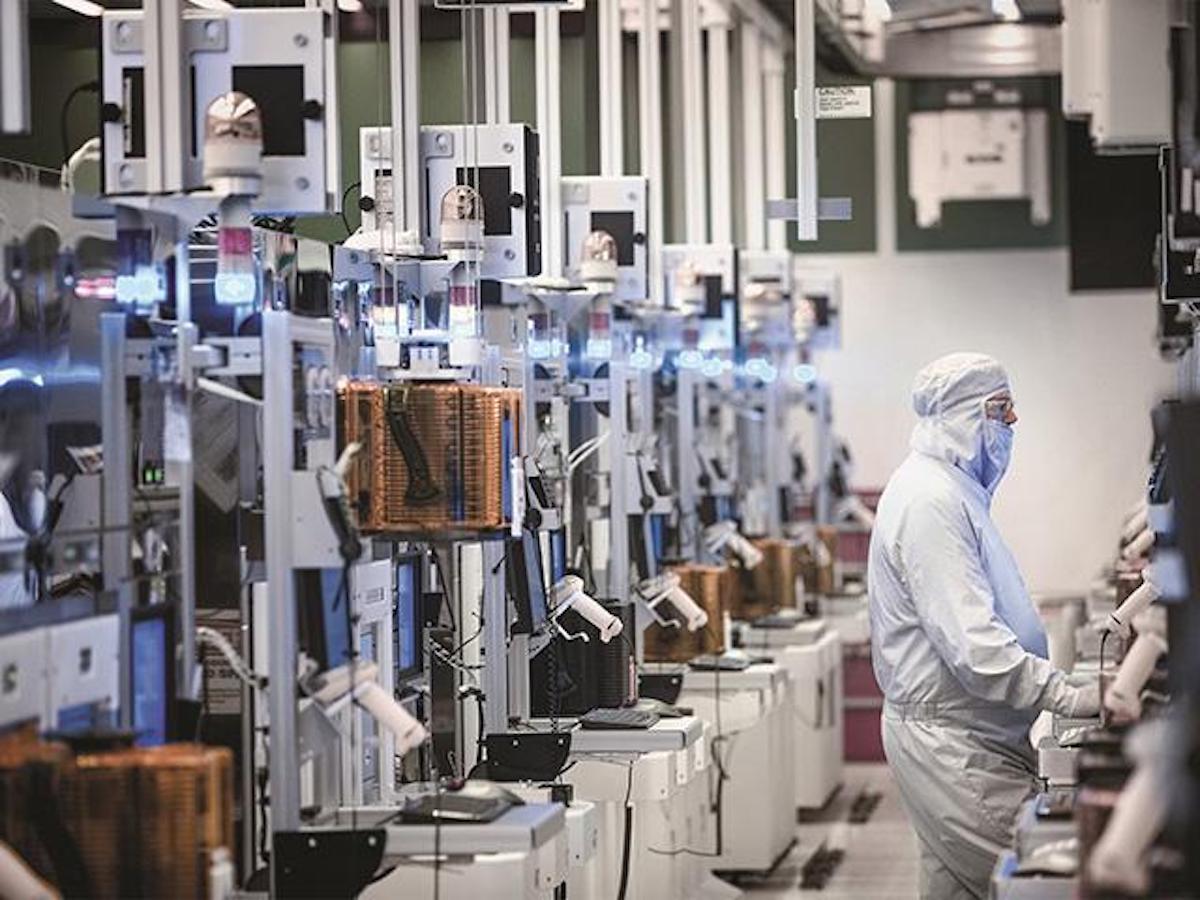
Us Reindustrialization Raises Questions Abound
Credit Uncle Sam for igniting this boom. Two laws enacted last year, the Chips Act and the Inflation Reduction Act, offer big federal subsidies for domestic manufacturing of semiconductors and electric vehicles. The latest construction-spending statistics indicate these“industrial policy” forays are having the desired effect.
For a country that has been deindustrializing for many years, the boom is good news. Deindustrialization gave consumers lower prices for many goods but it had significant downsides. It drove formerly middle-class workers into poverty, turned vibrant communities into rust buckets and denuded the labor force of important skills.
It also left the country dependent on supply chains that could prove unreliable in a crisis, as they did for medical protective equipment in the pandemic. A deindustrialized US armaments industry has been unable to keep up with the needs of the Pentagon, the Taiwanese and Ukraine.
Building new factories, then, seems like a step in the right direction. But it's only one step, and there are many questions about it that need answers, certainly before we take further steps.
Will the new factories succeed?
It's one thing to build a factory, another to operate it profitably. If jobs are the measure of success, the high-tech factories the government is encouraging won't be as labor-intensive as the metal-bending factories that fled overseas.
What about other products?

fateful demise of the taiwan-china '92 consensus

mongolia-spacex deal provokes a security stir in china us think tank warns export controls will damage american chipmakers
Semiconductor and electric-vehicle factories are great, but they're a small sliver of the economy. California Democratic Congressman Ro Khanna says Americans“need to bring back the production of auto parts, of textiles, of steel, of aluminum” among others. But it's questionable how much support there is in Congress for the kind of wide-ranging industrial policy Khanna advocates.

The rusting steel stacks of Bethlehem Steel in Bethlehem, Pennsylvania, one of the world's largest manufacturers of steel for most of the 20th century. In 1982, however, Bethlehem Steel suspended most of its manufacturing. The company filed bankruptcy in 2001 and was dissolved in 2003. Photo: Wikipedia
How industrialized do we need to be?
It's not as if the US were currently manufacturing nothing; deindustrialization was only partial. according to the national institutes of science and technology , the US is the world's second-largest manufacturing power, behind China, and ranks first in seven manufacturing categories and second in another six. NIST doesn't list agricultural equipment as a separate sector but much of that is still made in the US.
A related question: Assuming there's more industrial policy ahead, what would be the goal?
A few decades ago, the US manufactured practically everything. Some may want to return to that, but recreating it would be nearly impossible. For which products, then, must the country have domestic supply chains? Are those mostly related to national security?
Can the obstacles to rebuilding be overcome?
The US is a high-wage country; can we really bring low-wage, labor-intensive manufacturing like textiles back? New high-wage, high-tech factories will be competing for a limited pool of skilled, educated workers. It could take decades to rebuild the domestic supplier networks that were dismantled during deindustrialization.
What are the implications for trade policy?
Government subsidies may suffice to get factories built, but if the overseas competitors of those factories have labor-cost advantages, Washington may have to raise tariffs to keep the factories running. Retaliatory tariffs against American products could follow. For a US exporting sector like agriculture, a far more protectionist world would prove problematic.

The Ben Kern farm near Norwalk in Warren County, in central Iowa.. Agriculture has long benefited from US industrial policy and much fo the world's farm machinery is made in the USA. Photo: Wikipedia / Lynn Betts
Are subsidies and tariffs the best industrial-policy tools?
Some of the government's biggest industrial-policy successes in the past were achieved by funding research. In one of the longest-running of Uncle Sam's industrial policies – for agriculture – knowledge creation and dissemination have always played a major role.
Does economic logic justify industrial policy?
Economists differ on this. Critics argue that industrial policy defies the law of comparative advantage, which says everyone benefits when countries focus on what they're relatively good at rather than trying to manufacture everything.
Supporters counter that, by supporting infant industries with subsidies and tariff walls, governments can create comparative advantage. East Asian countries have done that; their subsidies are one reason they can make semiconductors cheaper than the US can.
Many roll their eyes at the mention of bipartisan commissions – all they produce is paper for the dustbin, the rap goes. But industrial policy is an issue that warrants a commission. National security is at stake; we need a national consensus about whether to take the next steps in industrial policy and, if so, how.
Questions abound. Let's assemble a bipartisan group of smart minds from a variety of worlds – manufacturing, labor, finance, academia, government and the military – and get some answers.
Former longtime Wall Street Journal Asia correspondent and editor Urban Lehner is editor emeritus of DTN/The Progressive Farmer.
This article, originally published on july 21 by the latter news organization and now republished by Asia Times with permission, is © Copyright 2023 DTN/The Progressive Farmer. All rights reserved. Follow Urban Lehner on Twitter: @urbanize
Like this:Like Loading... Related
Legal Disclaimer:
MENAFN provides the information “as is” without warranty of any kind. We do not accept any responsibility or liability for the accuracy, content, images, videos, licenses, completeness, legality, or reliability of the information contained in this article. If you have any complaints or copyright issues related to this article, kindly contact the provider above.






















Comments
No comment